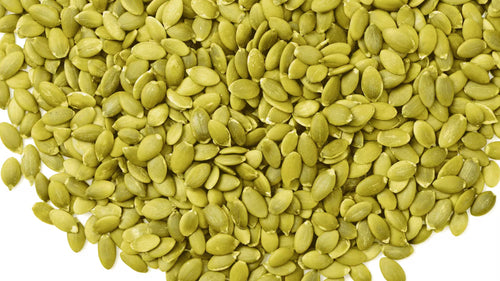
Stringy Squash: Causes & Quick Solutions 🥒
Quick answer: Stringy squash is often caused by a lack of water during growth, harvesting too late, or improper storage. To avoid stringy squash, choose young squash, keep them cool, and cook them lightly. 🥒💡
Why is my squash stringy? 🥒
If you cut into your squash and find it has a stringy texture, don't panic! Here are the main causes:
- Lack of water during growth : A squash that has suffered from drought will tend to develop thick fibers, especially if watering has been irregular. 🌱
- Harvesting too late : The longer a squash stays in the garden, the more fibrous its flesh becomes. Overripe squash are often stringy.
- Variety or maturity : some varieties, like butternut squash or pumpkin , are naturally more tender, but if they are too ripe, they will also be soft!
- Poor storage : Storage in a place that is too hot or humid accelerates the formation of filaments. Preferably store in a cool, dry place. 🏡
👉 In summary, stringy squash is often the result of water stress, late harvesting, or improper storage.
How to catch or avoid stringy squash? 🚀
- Blend the flesh after cooking to break up the fibers: soup or puree will mask the filaments. Use an immersion blender for a silky texture. 🥄
- Strain the puree or soup through a fine sieve if you want an ultra-smooth texture.
- Favor oven cooking : the gentle heat keeps the flesh more uniform than steaming or boiling.
- Cook young squash : their flesh is naturally more tender and less fibrous.
- Add a little cream, coconut milk or cream cheese : it improves the softness and taste, perfect for masking a little stringy side. 🧀🥥
💡 Tip: if you're a fan of the air fryer , the quick, fan-assisted cooking often produces a squash that's softer and less stringy!
How to choose the right squash to avoid stringy ends? 🛒
- Choose squash that is heavy and firm due to its size. Avoid those that sound hollow or have shriveled skin.
- A dry stem is a sign of maturity, but it should not be moldy.
- Butternut squash and pumpkins are known for their soft, stringy flesh. Local varieties (organic, locally sourced) are often fresher and less prone to stringiness.
- Avoid squash that has been stored in the store for too long. Ask for the harvest date if possible.
👀 A good choice upfront greatly limits the risk of stringy squash!
Cooking: tips for a smooth squash 🔥
- Always preheat the oven and cook the squash cut in half, face down on the baking sheet. This concentrates the flesh and prevents it from drying out.
- Add a little water to the bottom of the dish : the steam prevents the flesh from becoming fibrous.
- Avoid overcooking : overcooking accentuates the stringy texture.
- In soup, immersion blender + cream = guaranteed smoothness!
- For air fryer fans, cut into cubes and cook at 180°C until golden and tender. 🥗
💚 A good cooking method makes all the difference in texture!
Stringy Squash FAQ: Frequently Asked Questions 💬
- Is it dangerous to eat stringy squash? No, it's safe but less pleasant to eat.
- Can you fix a fibrous puree? Yes, by blending longer or straining, you get a finer texture.
- Can all squash become stringy? Yes, but varieties like butternut squash and pumpkin are much less likely.
- Why do we sometimes find strings even in the seeds? This often happens in overripe or poorly stored squash.
- Not sure? Check out this Reddit forum where others share their anti-stringy tips 🥄








Comments (0)
There are no comments for this article. Be the first one to leave a message!